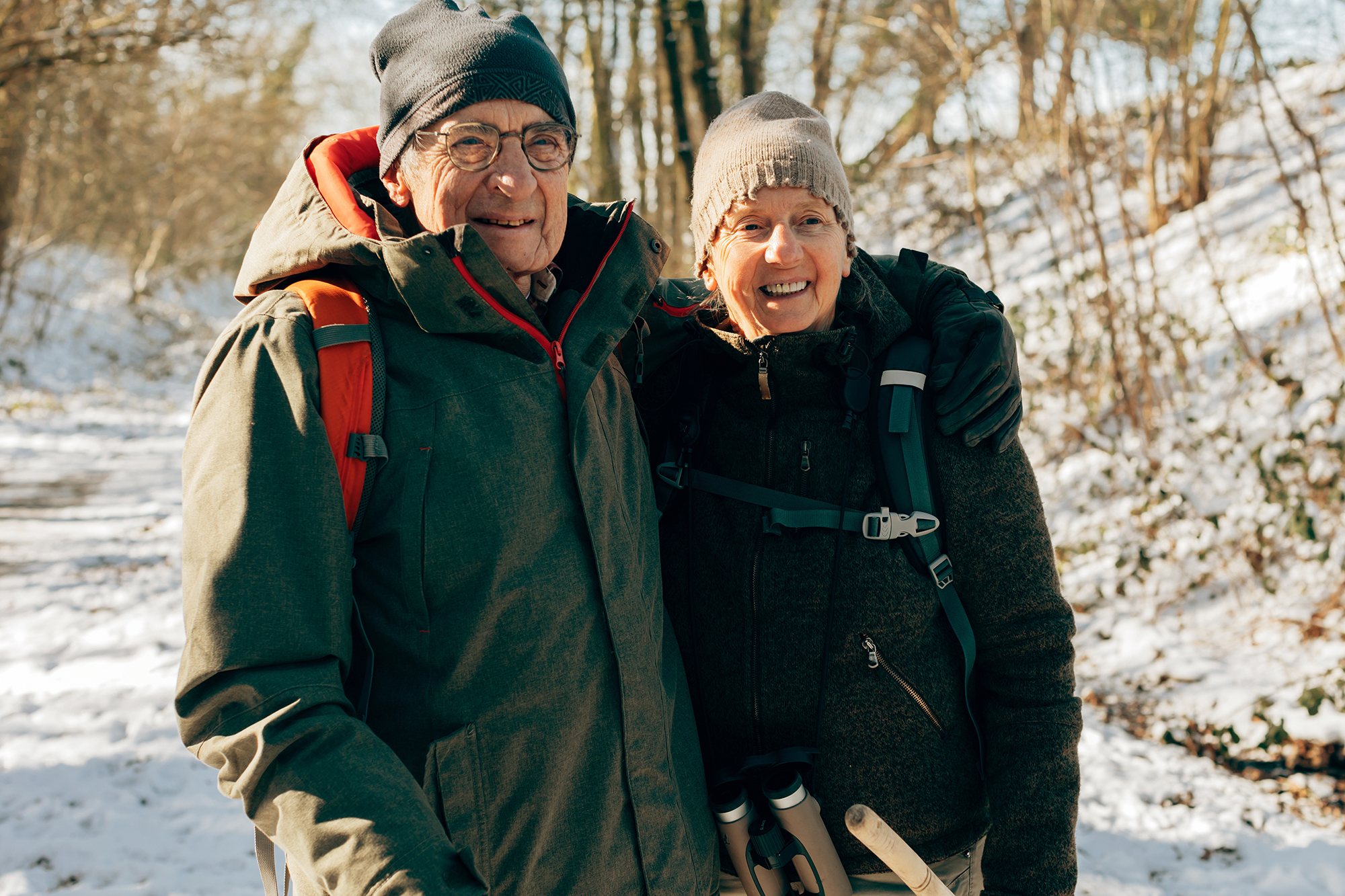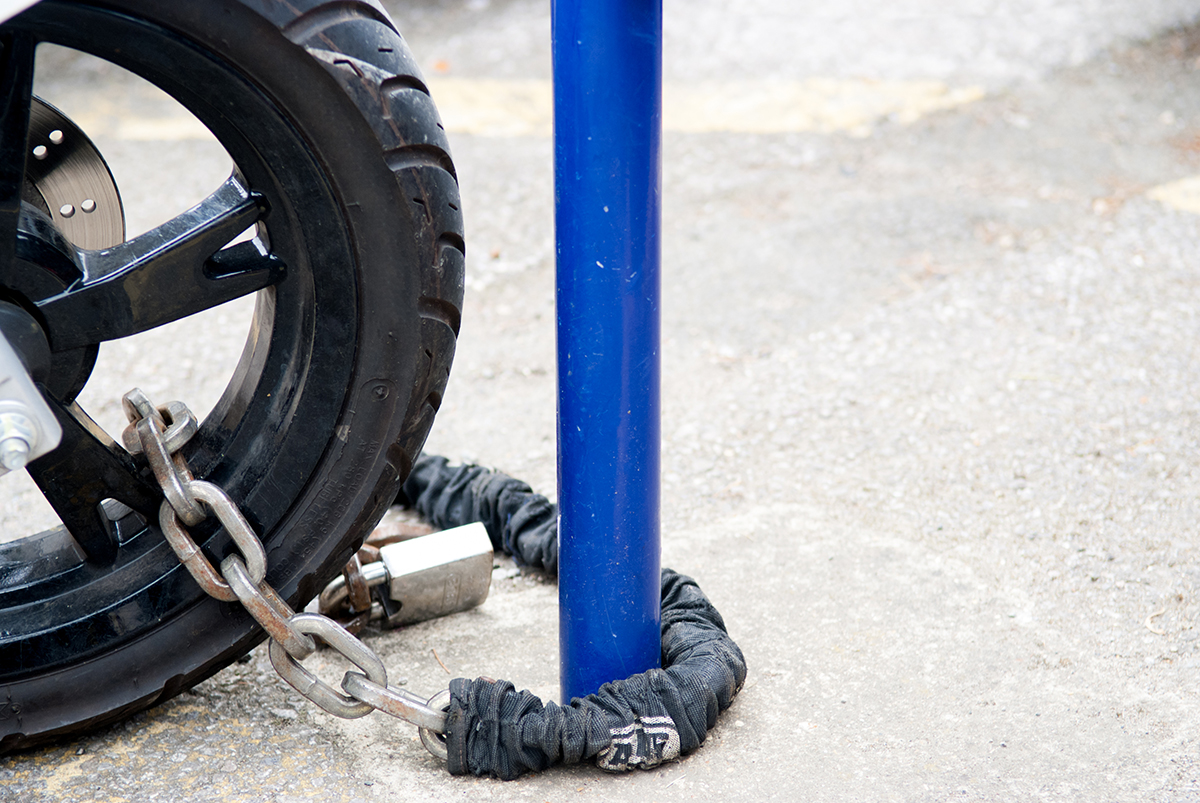Along with frosty weather, winter brings new health & safety risks for older adults. These winter safety tips for seniors will help you protect those under your care
Between age-related physical changes, medical conditions, and slippery surfaces, seniors are much more likely to fall or be affected by cold weather than younger people. But as a caregiver, there are plenty of steps you can take to minimize your senior’s risk. Use this list of winter safety tips for seniors as a guide to combat the challenges the cold season brings and keep your loved one healthy.
Preventing Falls During the Winter
Declining strength and flexibility combined with wet, icy surfaces make for a dangerous combination. But you don’t just need to worry about falls outside the home. During the winter, they often happen indoors as well.
To prevent falls at home, clear the pathways through your loved one’s home of clutter. Especially the entryways. Additionally, set up absorbent door mats inside every doorway to help them keep their shoes dry and avoid tracking in snow.
When coming in from outside, encourage them to make a habit of drying the bottom of their walking aid before making their way around the house.
If there are any stairs without railings, consider installing them for extra support. It’s also a good idea to regularly hit their driveway, front porch, and other outside pathways with ice melt. Combined with a pair of non-slip rubber-soled shoes, these measures will make a big difference in your elderly loved one’s ability to move safely around their property.
Finally, to avoid unnecessary risk, it’s best to take the responsibility of shoveling snow off their shoulders, whether by hiring someone or picking up the shovel yourself. Doing it themselves increases their risk of falls and exposes them to the cold, which can quickly sneak up on them and cause serious problems before they even notice.
Combat the Cold
Whether they’re cozying up on the couch or out enjoying the winter wonderland, these winter safety tips for seniors will help you ensure they stay warm:
- The National Institute of Aging recommends keeping the heat set no below 68 degrees Fahrenheit to avoid hypothermia.
- Check their weather stripping and repair it if necessary.
- Use towels or draft stoppers on unprotected doors to keep the cold out.
- Even if they’re inside, they should still dress to stay warm. Set them up with long sleeves, pants, socks, plenty of warm blankets, and a heating pad or two.
- Stock their kitchen with cozy, warm drinks like hot chocolate, tea, and coffee.
- Encourage them to get some regular exercise. Getting the blood flowing will help them stay warm.
- Layer up when going outside, and make sure they have waterproof jackets in case it rains or snows. Their winter wardrobe should include mittens, scarves, hats, jackets, thermal socks, and non-slip winter shoes or boots to preserve their body heat as much as possible.
- Make sure their car is stocked with extra warm clothes (jackets, hats, scarves, pants, etc.), blankets, and other cold-weather gear.
- Avoid going out in extreme temperatures or during bad weather.
- Make sure they know to change as quickly as possible when they get wet to avoid hypothermia.
Watch Out for Factors That Increase Their Vulnerability to the Cold
Certain medical conditions can affect your loved one’s ability to stay warm. For example, diabetes and thyroid issues can impact the body’s ability to regulate its temperature.
Additionally, arthritis, Parkinson’s disease, and conditions that affect their memory can physically make it more difficult to prepare for or combat cold weather.
If your senior lives with any of the above conditions, know they may need special care to limit cold exposure. Also, check with their doctor to see if any of their prescribed or over-the-counter medications may make them more vulnerable to the cold.
Learn to Recognize the Signs & Symptoms of Hypothermia
As their caregiver, it’s crucial to know what hypothermia looks like. When you know the signs, you can take action and get your loved one the care they need as soon as possible if they’re ever over-exposed to the cold.
If you think they may have hypothermia, look for the following signs and symptoms, as listed by Mayo Clinic:
- Shivering
- Slurred speech or mumbling
- Slow, shallow breathing
- Weak pulse
- Clumsiness or lack of coordination
- Drowsiness or very low energy
- Confusion or memory loss
- Loss of consciousness
It’s important to note that the confusion caused by hypothermia may lead your loved one to believe they’re totally fine, despite showing severe symptoms.
If they do develop this dangerous condition, get them to safety and put your emergency plan into action immediately.
Review & Adapt Your Emergency Plan for the Winter
The new challenges the winter brings are the perfect excuse to revisit your emergency plan. Taking these steps in advance will ensure they’re prepared if an emergency strikes:
- Make sure they have all the emergency contact info they need, both in their phone and written down at home.
- Keep a spare key to their home in case you need to drop by and check in.
- Set up check-ins during snow storms in case their power goes out or they get snowed in.
- Build and stow an emergency kit both for their house and their car.
- Sign them up for weather alerts on the FEMA app. When they know bad weather is on its way, they can stay home, keep warm, and avoid unnecessary risk.
- Sign them up for the Rescu app for the fastest way to get help in an emergency. Just two taps on their smartphone instantly dispatches responders to their current location. Its simple design means there’s no need to be tech-savvy, and no talking necessary to get help.





